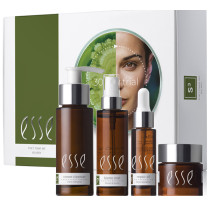Peppermint
Essential Oil
Peppermint Essential Oil
Other Name(s):
Mentha piperita; CAS# 8006-90-4

Peppermint is a hybrid mint, occurring naturally by cross pollination of spearmint and watermint. Since hybrids are mostly sterile (producing no seeds), peppermint is cultivated by cutting the runners and propagating them in nurseries. This has to happen very quickly (within a few days) since once the runners dry out they can’t be used. Once planted, the runners produce little stems and are transplanted into fields.
Is Peppermint Essential Oil Faithful to Nature?
Yes.
Peppermint essential oil is a natural ingredient with a wide range of useful benefits. It can be manufactured safely and farmed very sustainably without harming the environment. It is, however, a powerful ingredient and should be used wisely.
Benefits: Why is Peppermint Essential Oil Used?
Aids Digestion
Peppermint is a traditional digestif tea, and may help relieve indigestion.
Aids Skin Irritation
Peppermint can help relieve itchiness and skin irritation.
Fresh Fragrance
Peppermint freshens breath and disguises food odours.
Distnctive Flavour
Peppermint essential oil has a bright, refreshing fragrance and flavour.
Peppermint essential oil is used in an enormous variety of different products. Like all essential oils, it can be found as a single-ingredient product but is used in flavouring ingredients, fragrance formulations, chewing gums, sweets, chocolates, teas, skincare, household cleaning products and more. Of course, toothpaste simply wouldn’t be the same without it either. Fresh!
Peppermint essential oil is made by the steam distillation of the leaves. The leaves are harvested and crushed before being steeped in boiling water. The evaporated steam is collected where the essential oils naturally separate and float on top of the water. The water is drained out, most commonly using a separating funnel (conical flask with a spigot at the base).
A healthy crop with good rainfall will yield 75 kg of peppermint essential oil per hectare of farmland.
High quality peppermint essential oil is anywhere between 30% and 55% pure menthol. The bulk of the remainder (anywhere between 14% and 32%) is made up of menthone.
There are over 7500 different varieties of mint. There are even special cultivars that are virtually free from menthol, but are still extremely flavourful and aromatic thanks to their high menthone content.
Unfortunately, mint requires a lot of fertiliser and substantial rain to yield a substantial crop. The Department of Agriculture, Forestry and Fisheries reports that “120 kg phosphorus and 500 kg potassium available per [hectare]”. This can result in a lot of fertiliser runoff, and some dire consequences for rivers and lakes. If you wish to minimise these harmful effects, you can shop for certified organic products.
Argentina is the world’s leading producer of peppermint.
Notice: The information provided here is not intended as medical advice and is for educational purposes only.
Products Containing Peppermint Essential Oil
-
sku62615

-
sku137434


-
sku137438


-
sku1143v1

-
sku3177v1

-
sku399v1

-
sku137439


-
sku65
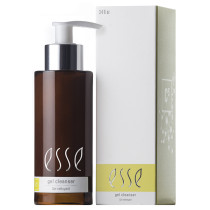
-
sku8116

-
sku8577

-
sku96573

-
sku82044

-
sku64235

-
sku65616

-
sku62618

-
sku4801

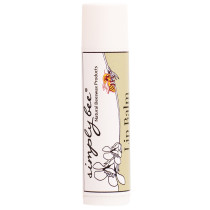
-
sku9949

-
sku5224

-
sku62251

-
sku119195


-
sku106558

-
sku64230

-
sku1935v5
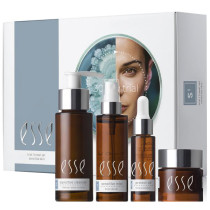
-
sku67456


-
sku12026

-
sku62254

-
sku2577
Inthusiasm Liquid Foundation 40ml Bottle (No ...
- Multiple Colours
Price From:Regular Price: R409.00
Special Price R286.30
-
sku68675


-
sku11539


-
sku1172

-
sku140496

-
sku61074

-
sku137583


-
sku63246
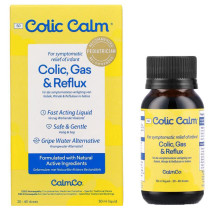
-
sku113085

-
sku11993

-
sku63051

-
sku108784

-
sku139616

-
sku1935v4
